| Export coffee prices plummet after a series of hot increases. Due to supply shortage, Vietnam's coffee export output will continue to decrease. |
Recently, domestic coffee prices have been continuously increasing, many farmers have invested in new planting or clearing other trees to grow coffee. Typically, in Gia Lai province, there are currently about 100,600 hectares of coffee, of which 90,000 hectares are in the business stage, with an average yield of over 3.1 tons of beans/ha, and an output of over 281 thousand tons/year.
Many households are racing to plant new and replant coffee, causing the price of seedlings in this locality to increase and supply to become scarce.
According to experts, recent price movements reflect the steps, exploration and market monitoring of investors, including speculators.
Up to now, the supply of coffee beans stored by the people has run out. This is related to the production activities in the past time, when the market price increased, everyone rushed to sell. The agricultural market has not been regulated, managed, and forecasted closely, farmers have decided on the output of their products. Therefore, before the Tet Giap Thin, the coffee stored by the people has been sold out.
For nearly 3 months, prices have continued to rise, and farmers no longer have coffee. The opposite effect is that businesses are confused by the risk of shortages for export contracts. They are forced to buy up coffee with reduced quality, or have to buy coffee from traders, and export activities are difficult. Thus, the market price increase means that traders manipulate market share.
Farmers are hoping to boost production to re-harvest coffee before the market swings lower. The current coffee crop is ripe for harvest, which is promising, forcing them to accept increased investment in inputs, as agricultural supplies increase.
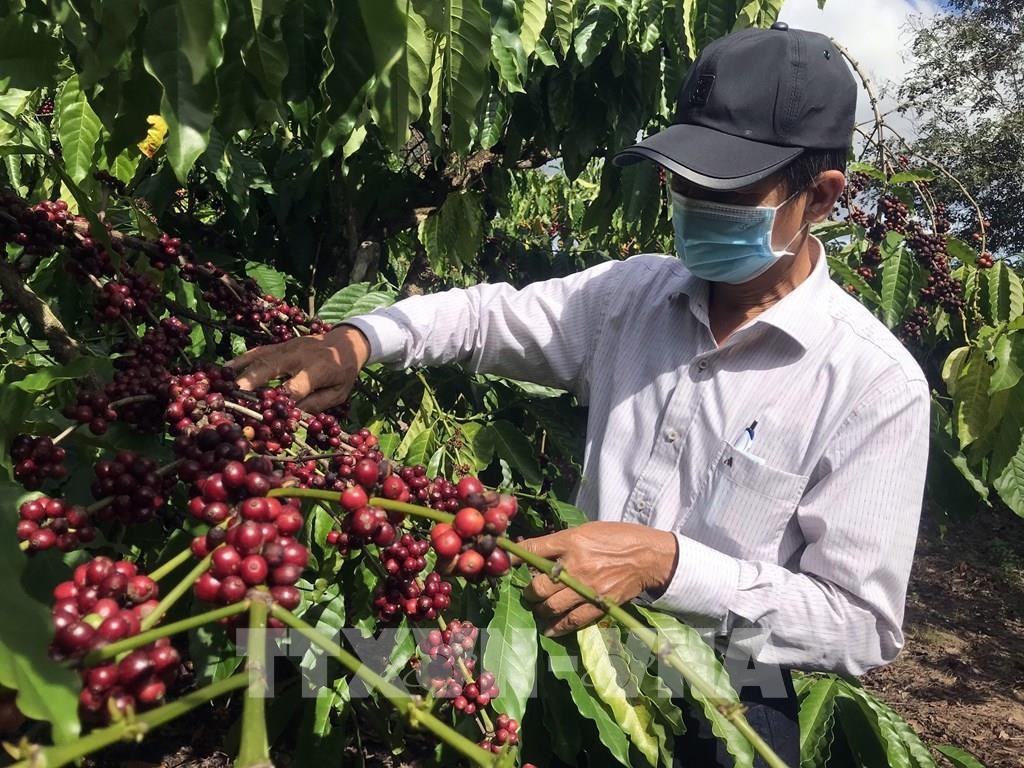 |
| Robusta coffee output is forecast to reach about 27.85 million bags. |
According to the General Department of Customs, in May 2024, Vietnam's coffee exports reached 95,000 tons with a total value of 400 million USD, down 44% in volume and 38% in value. This shows that the supply is decreasing, which is expected to continue to support high coffee prices in the coming time.
In the first 5 months of 2024, Vietnam's coffee exports reached 833,000 tons, worth 2.9 billion USD, down 3.9% in volume but up 43.9% in value over the same period. Of which, Robusta coffee accounted for about 82% of total exports.
With a more positive global economic outlook, coffee consumption is forecast to grow by 2% to 3% during the 2024/2025 crop year. Global coffee consumption growth overall is expected to average around 0.95% year-on-year, with many independent forecasters predicting a total of 171.50 million bags in the upcoming 2024/25 crop year.
This growth is largely driven by relatively new coffee consumer markets and producing countries such as China, India, Indonesia, the Middle East and Vietnam, which have recorded increased domestic coffee consumption.
Meanwhile, the coffee market has also seen a change in the roles of the two main commodities. Two years ago, the export price of Robusta coffee was only half that of Arabica coffee, but now everything has changed completely. According to Vicofa, Vietnam mainly produces Robusta coffee (accounting for more than 94% of the area and output) while Arabica coffee (mainly Catimo variety) accounts for a small proportion. This means that the Vietnamese coffee industry has benefited from the new developments in the prices of the two main coffee varieties in the world.
Vietnam’s coffee supply is running out while the outlook for the next crop is not very optimistic. The Import-Export Department (Ministry of Industry and Trade) recently predicted that coffee prices will increase again, mainly due to investors’ increasing concerns about the supply prospects from Vietnam.
Hedge funds have increased their net long positions in anticipation of a further shortage of Robusta from Vietnam in the coming time. According to Volcafe, Vietnam’s Robusta coffee output in the 2024/2025 crop year is estimated at 24 million bags, the lowest level in 13 years, due to unfavorable weather.
According to a report by the US Department of Agriculture's Foreign Affairs Office (USDA Post), Vietnam's coffee output in the 2024-2025 crop year is forecast to be around 29 million bags (60 kg/bag), a slight decrease compared to the estimated 29.1 million bags in the 2023-2024 crop year.
Of which, Robusta coffee output reached 27.85 million bags, lower than the 28 million bags of the previous crop, Arabica output will increase slightly to 1.15 million bags.
The USDA Post estimates that total coffee acreage in Vietnam is expected to remain stable at around 600,000 hectares over the next few years. Farmers can earn twice as much from growing durian as they do from growing coffee. However, rising coffee prices have helped stabilize coffee acreage, and it remains an important crop in highland provinces such as Lam Dong and Dak Lak.
Vietnam’s coffee exports in 2023-24 are forecast at around 26.85 million bags (GBE), down around 5% from the previous crop year. This figure is expected to decline further to 26.5 million bags in the next crop year.
The reason is that Vietnam's coffee inventory has decreased sharply from 3.6 million bags in the 2022-2023 crop year to only 892 thousand bags in the 2023-2024 crop year and only 492 thousand bags in the 2024-2025 crop year.
Recent reports from the USDA also paint a mixed picture of coffee production by country. Production is expected to increase in Brazil and recover in Indonesia, Colombia, Peru, Mexico, and Nicaragua. Conversely, the outlook looks negative for Guatemala, Costa Rica, and especially Honduras.
Source: https://congthuong.vn/san-luong-ca-phe-robusta-du-bao-dat-khoang-2785-trieu-bao-326149.html


![[Photo] National Assembly Chairman Tran Thanh Man chairs the meeting of the Subcommittee on Documents of the First National Assembly Party Congress](https://vphoto.vietnam.vn/thumb/1200x675/vietnam/resource/IMAGE/2025/5/8/72b19a73d94a4affab411fd8c87f4f8d)
![[Photo] General Secretary To Lam begins official visit to Russia and attends the 80th Anniversary of Victory over Fascism](https://vphoto.vietnam.vn/thumb/1200x675/vietnam/resource/IMAGE/2025/5/8/5d2566d7f67d4a1e9b88bc677831ec9d)

![[Photo] President Luong Cuong presents the decision to appoint Deputy Head of the Office of the President](https://vphoto.vietnam.vn/thumb/1200x675/vietnam/resource/IMAGE/2025/5/8/501f8ee192f3476ab9f7579c57b423ad)
![[Photo] General Secretary concludes visit to Azerbaijan, departs for visit to Russian Federation](https://vphoto.vietnam.vn/thumb/1200x675/vietnam/resource/IMAGE/2025/5/8/7a135ad280314b66917ad278ce0e26fa)
![[Photo] Prime Minister Pham Minh Chinh meets with the Policy Advisory Council on Private Economic Development](https://vphoto.vietnam.vn/thumb/1200x675/vietnam/resource/IMAGE/2025/5/8/387da60b85cc489ab2aed8442fc3b14a)
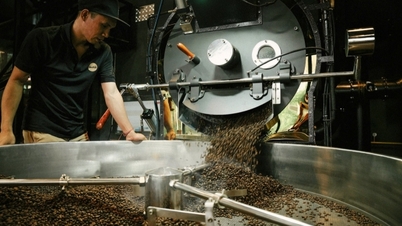
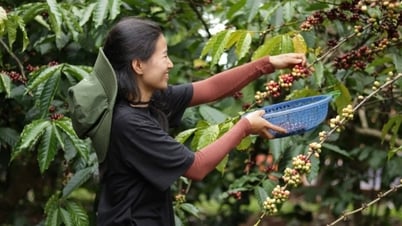

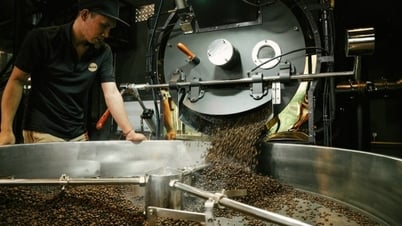













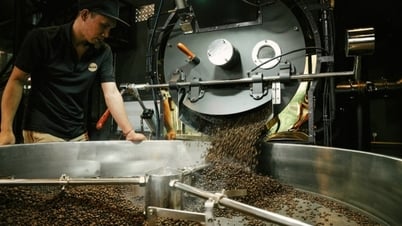
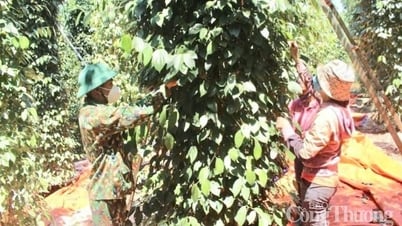
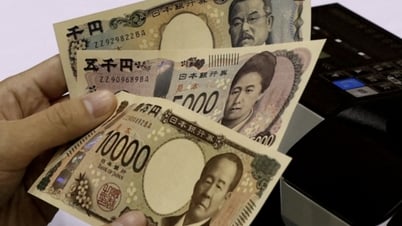
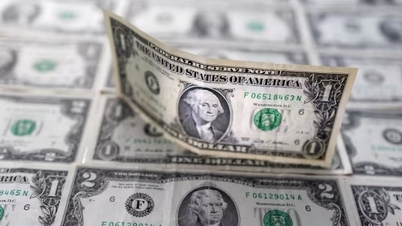

































![[Photo] Prime Minister Pham Minh Chinh talks on the phone with Singaporean Prime Minister Lawrence Wong](https://vphoto.vietnam.vn/thumb/402x226/vietnam/resource/IMAGE/2025/5/8/e2eab082d9bc4fc4a360b28fa0ab94de)














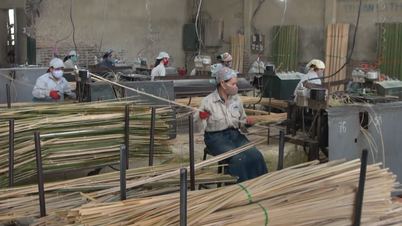

















Comment (0)